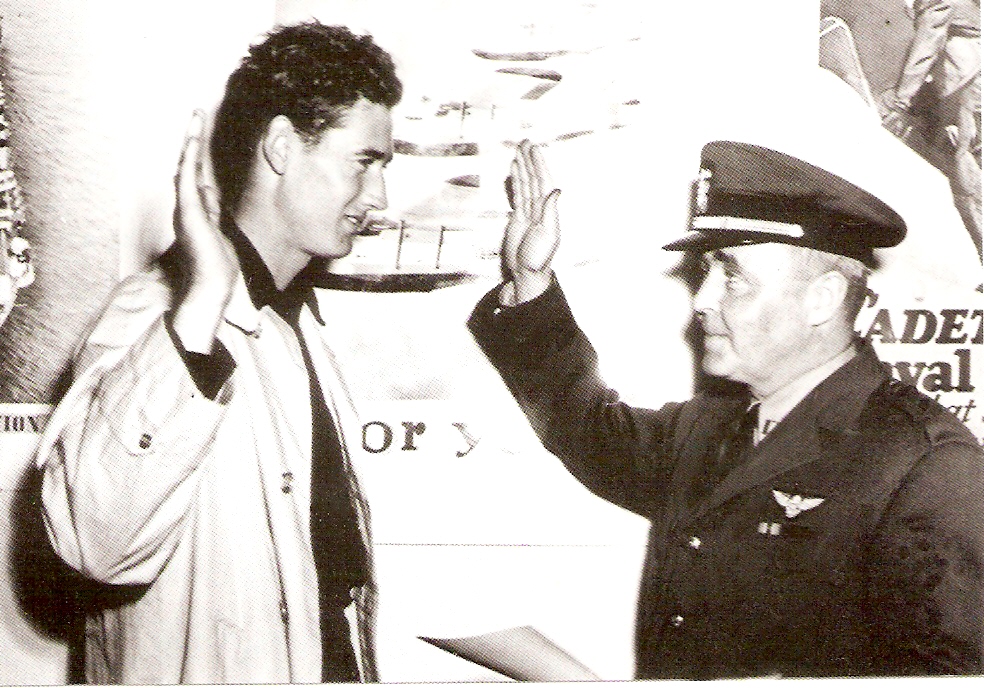During his life, Ted “the Kid” Williams was known for being one of the best hitters in baseball history. Now deceased, his brain is currently lying in a cryonic laboratory in Arizona. This chilling tale is one that is full of twists and turns, including a legal battle and mishaps with his body.
ADVERTISEMENT GO AD FREE
Welcome to the very controversial world of cryonics, where the aim is to preserve human bodies and brains at very low temperatures with the goal of eventually “resurrecting” the person. However, to date, technology has not advanced enough to bring those cold bodies back to life and likely never will, even for the most famous patients, like Ted Williams.
Who was Ted Williams?
Ted Williams certainly had an eventful life. Born in 1918, he became a professional baseball player and the last player to hit .400 in Major League Baseball.

So famous he had his own stamp!
Image credit: spatuletail/Shutterstock.com
Ted married Doris Soule in 1944 and they had a daughter called Barbara Joyce (Bobby-Jo). He was called up twice for military service as a Navy flyer during his baseball career – once during the Second World War, and then during the Korean War in the early 1950s.
He ended up divorcing his first wife in 1954, and married socialite model Lee Howard in 1961 but divorced in 1967. He married Dolores Wettach in 1968 and had two more children: John Henry and Claudia. As was the pattern, he divorced Wettach in 1972.

Ted Williams swearing into the navy.
In his later years, Ted was looked after by his son, who became his de facto manager and power of attorney (a legal agreement that allows the person to make legal and medical decisions on someone else’s behalf).
Towards the end of his life, Ted signed a will that expressed his desire to be cremated after death. However, a few years later his signature, along with John Henry’s and Claudia’s, appeared at the bottom of a handwritten note, which claimed that they would all like their bodies to be placed into bio stasis after they died. And so, shortly after Ted’s death on July 5, 2002, at age 83, his body was flown by private jet to Alcor Life Extension Foundation in Scottsdale, Arizona.
ADVERTISEMENT GO AD FREE
The company is a nonprofit organization and their mission, since the 1970s, was to be the world leader in cryonics.
What happened to Ted after death?
There was an investigation that came out shortly after Ted’s death. This was conducted by Sports Illustrated with Alcor’s ex-chief of operations Larry Johnson. In it, they described how complicated Ted’s postmortem days were.
Despite what the original stories claimed, Ted’s body was not residing upside down in a tub of liquid nitrogen. Instead, his body was resting in two parts due to an unexpected “neuro separation” – a posh way of saying they cut off his head. Although it was uncertain why it happened, the act went against the family’s original wishes for full body preservation.
Former Alcor Chief Operating Officer Charles Platt wrote to the company board about what happened and claimed that many people took photos of Ted Williams’s body and watched the procedure. Platt mentioned that no one who witnessed the procedure signed the nondisclosure form and the security in the room was “grossly negligent”.
ADVERTISEMENT GO AD FREE
It took 37 minutes for the head to be removed. During the procedure two small burr holes were drilled into his head, this was for observation and also so sensors could be placed into the head to detect any cracks that may occur during the freezing procedure. The head was then chilled in an intermediate freezer. On July 18, 2003, Alcor moved the head from the intermediate freezer due to cracks starting to appear within Ted’s head. He was then placed in another container for hard freezing – in which liquid nitrogen is slowly pumped in. After a few days, the head was put in a neuro-can and sealed in a neuro-vault.
Since then, his shaved, drilled, and cracked head, has been in liquid nitrogen in a steel can. Meanwhile, his headless body is currently being stored in a Bigfoot Dewar (stainless steel vacuum-insulated container that holds liquid nitrogen and can hold four whole bodies or 10 brains), with his patient ID number being A-1949.
There were some issues that turned up during the investigations. Several samples of Ted’s DNA (eight out of 182) went missing. There was also the issue of Alcor’s Consent for Cryonic Suspension for Ted Williams, submitted after he died, which did not have Ted’s Signature. This was an issue as it went against the normal protocols of Alcor.
Sibling conflict
After his death, the Williams family started to fight over his body. Ted’s eldest daughter (Bobby-Jo) brought a suit to the family – she and Ted’s healthcare assistants claimed the consent for cryonics was forged by one of her other siblings, or that it was illegally obtained. Yet, laboratory analysis determined that the signature appeared genuine and that there was no way forgery could be proved beyond a reasonable doubt.
ADVERTISEMENT GO AD FREE
Bobby-Jo claimed that John Henry wanted Ted to be frozen so his DNA could be sold in the future.
It is thought that the estranged daughter didn’t see her father before his death and he cut her out of the will, so it was unlikely she ever had a conversation about cryonics with him. The lawsuit was eventually settled as it cost Bobby-Jo too much money.
In October 2002, after many legal battles and fees, they reached a settlement, where Bobby-Jo would not comment on Ted’s remains, and John Henry would not sell any of his father’s DNA or tissue. They also agreed that the body of Ted Williams would stay at Alcor.
In 2004, John Henry passed away from Leukemia, his body was sent to Alcor to be near his father’s body.
So, how do you become a human icicle?
Cryonics is scientifically dubious – so what exactly is going on at cryopreservation institutes?
At Alcor, to even be considered for preservation, you have to be a member. This does cost a hefty amount; however, 95 percent of people who seek cryopreservation fund the company by naming Alcor as the beneficiary of their life insurance. When a person is cryopreserved, a portion of the funding goes into a trust which helps with storage costs. For the whole body, $115,000 of the funding goes into the trust and if you just get your brain frozen it is a lot cheaper at $25,000.
When a person is declared dead and is a member, part of the Alcor’s response team rushes to the person’s side. They claim the closer their procedures can be conducted after the heart stops, the better the prospects for a future successful “resurrection”. Once legally dead, the body goes through a stabilization process, where Alcor “artificially restore blood circulation and preserve brain viability”, then the deceased is placed into an ice bath.
The body is then transferred to the Alcor facility. At Alcor, they are given cryoprotectants (a substance that can protect tissues from freezing damage) in an attempt to preserve the brain, blood vessels, and other organs (if applicable). Afterward, the person is cooled by liquid nitrogen as quickly as possible to avoid ice formation. Once completed, the body is then stored at the facility.
How many people have been preserved?
Currently, there are almost 200 people that have been cryopreserved and most have been listed on the Alcor site. Some even have profiles, so you can read more about them and their lives.
The very first person that was preserved by Alcor was Dr James H Bedford, who died from kidney cancer in 1967. He was even taken out in 1991 to see his condition. The Alcor team found that Bedford had not been warmed above 0°C (32°F) in this time (they left some ice cubes on the body to tell if the cryonics had failed).
One of the more recent cases was Dr Steven B Harris, someone who was involved in cryonics for almost 40 years and was also the Chief Medical Advisor of Alcor until 2018. He died in November 2023 through an unattended cardiac arrest.
The company also freezes pets, however, the pet must be connected to an active Alcor member.
ADVERTISEMENT GO AD FREE
Overall, the Ted Williams case highlights some of the controversies and legal issues that can arise with cryonics. Despite this, to this day, Ted Williams still resides at the facility.
Source Link: Frozen In Time And In Two Parts: Ted Williams And The Ugly Truth Of Cryonics